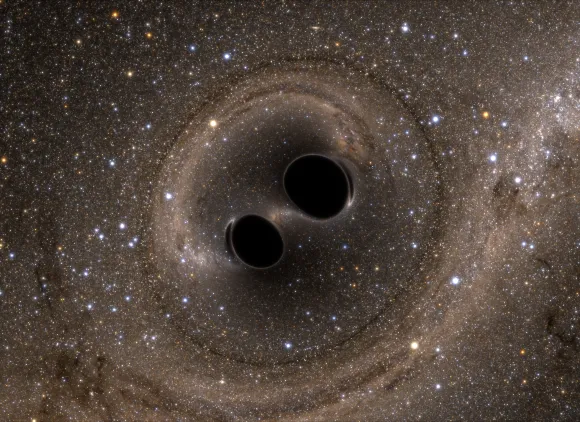Black holes have long captured the imagination, from groundbreaking ideas in Albert Einstein's theory of general relativity to the first image of a black hole, revealed a century later by the global Event Horizon Telescope.
On this site, explore the nature of black holes, read the latest news about black hole research, and view a wide range of educational materials, images and videos of the universe's most extreme objects.
What is a black hole?
Advancing tools and techniques are revealing more about black holes, but they also raise more questions that continue to capture the imaginations of people everywhere. Questions like, what is inside a black hole? What is the nearest black hole to Earth? What causes a black hole? Dr. Joe Pesce, an astrophysicist with the U.S. National Science Foundation, joins to answer some popular questions in this 7-minute video.
Black holes are extremely dense pockets of matter, objects of such incredible mass and miniscule volume that they drastically warp the fabric of space-time. Anything that passes too close, from a wandering star to a photon of light, gets captured.
Most black holes are the condensed remnants of a massive star, the collapsed core that remains following an explosive supernova.
However, the black hole family tree has several branches, from tiny structures on par with a human cell to enormous giants billions of times more massive than our sun:
Formed from the condensation of raw materials in the early cosmos, primordial black holes are thought to have emerged soon after the Big Bang. Most were extremely tiny, and while those with the lowest mass have likely evaporated, primordial black holes with larger masses may still exist — though even those have remained undetected.
In the mass range between stellar-mass and supermassive blackholes — that is hundreds to hundreds-of-thousands of solar masses — are intermediate-mass black holes.
Astronomers have spotted evidence for a handful of candidates, but none have been conclusively detected. Theorists believe there are three scenarios for their formation: They could be primordial black holes, they might have formed in environments dense with stars, or they formed from mergers of stellar-mass black holes.
The most common black holes form as the result of a supernova, the catastrophic death of a massive star. Most stellar-mass black holes are roughly five to ten times more massive than our sun, but the NSF Laser Interferometer Gravitational-Wave Observatory (NSF LIGO) has detected several with masses up to 100 times that of our sun.
Supermassive black holes have masses ranging from millions to billions of solar masses and appear to be in the center of almost all galaxies.
An important area of modern astrophysics is determining how supermassive black holes came to be: were they formed with such high masses, or did their mass build up over time?
The NSF-funded Event Horizon Telescope (EHT) project has captured images of two supermassive black holes, one in the center of the galaxy Messier 87 and the other in our Milky Way.
How are black holes studied?
Theorists can calculate properties of black holes based on their understanding of the universe, and such discoveries have come from a range of great thinkers, from Albert Einstein to Stephen Hawking to Kip Thorne. However, despite being so powerful, it's hard to see something that does not emit photons, let alone traps any light that passes by.
Now, nearly a century after scientists suggested black holes might exist, the world has tools to see them in action. Using powerful observatories on Earth, astronomers can see the jets of plasma that black holes spew into space, detect the ripples in space-time from black holes colliding, and may soon even peer at the disc of disrupted mass and energy that surrounds the black hole's event horizon, the edge beyond which nothing can escape.
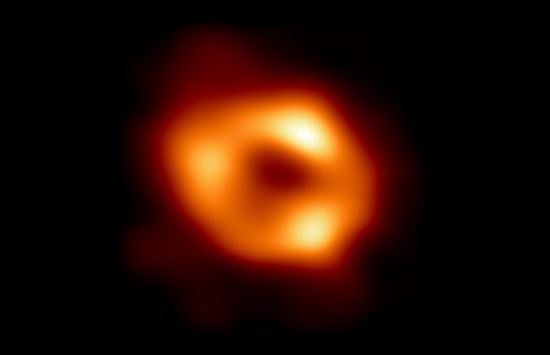
Event Horizon Telescope
The global Event Horizon Telescope Collaboration is using observations from a worldwide network of radio telescopes to capture the first images of black holes, including the supermassive black hole at the center of our own Milky Way galaxy.
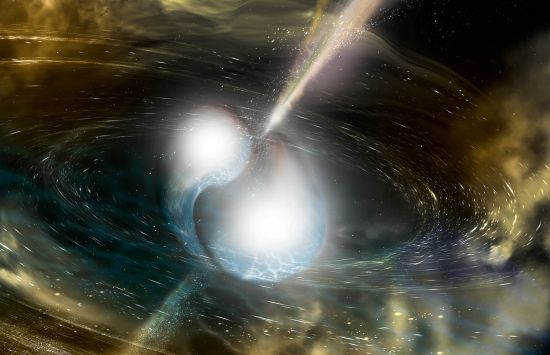
NSF Laser Interferometer Gravitational-wave Observatory
A century ago, Albert Einstein predicted gravitational waves, ripples in the fabric of space-time that result from the universe's most violent phenomena. In 2016, NSF LIGO announced the historic first detection of gravitational waves, the violent remnant of black holes colliding more than 1.3 billion years ago.
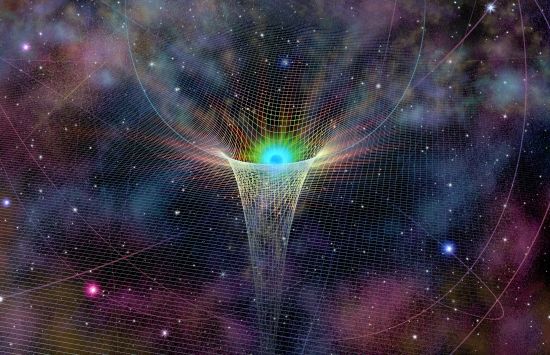
Galactic Center Group
Andrea Ghez and the UCLA Galactic Center Group study the black hole at the heart of the Milky Way, a multi-decade effort to better understand how galaxies formed and evolved. In 2020, Ghez shared the Nobel Prize in Physics for her discoveries, which confirmed the presence of a black hole at our galactic center.
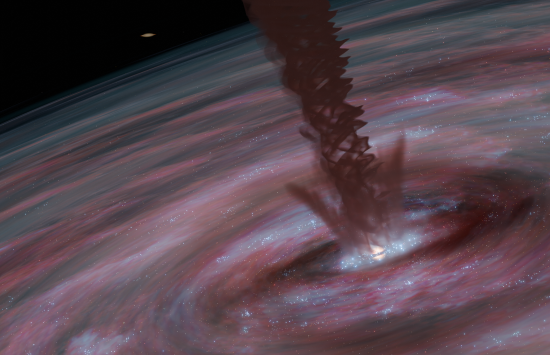
NSF National Radio Astronomy Observatory
NSF NRAO manages several powerful radio telescopes that capture unprecedented images of the cosmos, including plasma jets and other evidence of black holes. Recently, astronomers using the observatory's Atacama Large Millimeter/submillimeter Array discovered magnetic, rotating winds "feeding" a supermassive black hole.
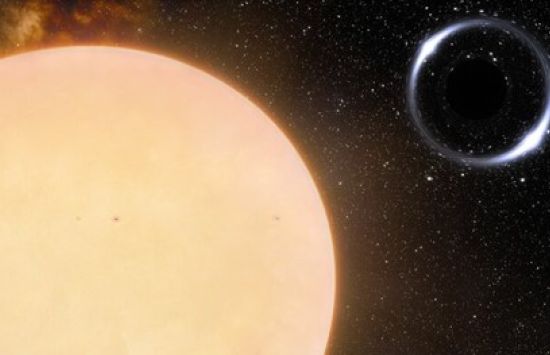
NSF NOIRLab
The NSF National Optical-Infrared Astronomy Research Laboratory (NOIRLab) manages observatories across the globe. In 2023, astronomers used the lab's Gemini North Telescope in Hawaii to discover the closest black hole to Earth, a mere 1,600 light-years away.
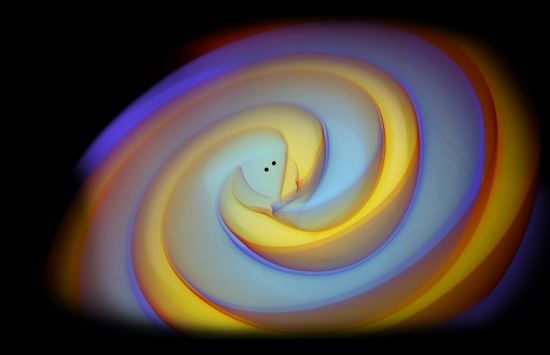
And beyond...
From a combination of theory and observation, scientists now know much about black holes and how they form, and can even see how they impact their surroundings.
Learn more
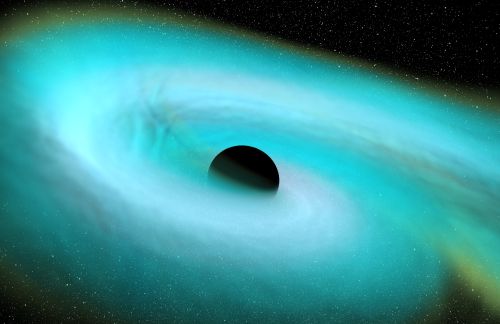
Black hole videos
NSF's YouTube channel features videos exploring black holes, from surprising facts to how they're studied and viewed.
Explore videosEvent Horizon Telescope
How do you study a region of space that is defined by being invisible? Learn how astronomers are capturing images of black holes.
Learn about the EHT

